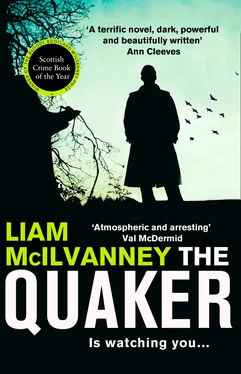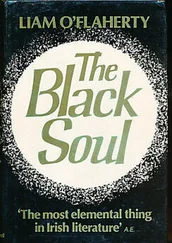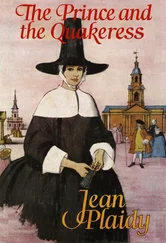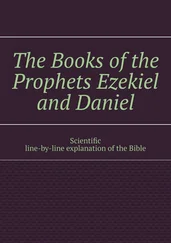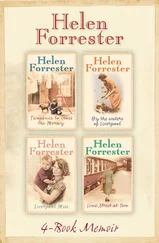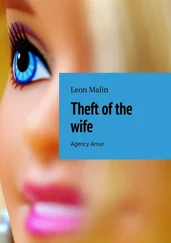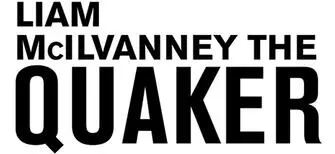

This is entirely a work of fiction. Any references to real people, living or dead, real events, businesses, organizations and localities are intended only to give the fiction a sense of reality and authenticity. All names, characters and incidents are either the product of the author’s imagination or are used fictitiously, and their resemblance, if any, to real-life counterparts is entirely coincidental.
HarperCollins Publishers
1 London Bridge Street
London SE1 9GF
www.harpercollins.co.uk
Published by HarperCollins Publishers 2018
1
Copyright © Liam McIlvanney 2018
Liam McIlvanney asserts the moral right to
be identified as the author of this work
Cover design by Claire Ward © HarperCollins Publishers Ltd 2019
Cover photographs © Roy Bishop / Arcangel Images (front); Alison Martin (back)
A catalogue record for this book is available from the British Library
All rights reserved under International and Pan-American Copyright Conventions. By payment of the required fees, you have been granted the non-exclusive, non-transferable right to access and read the text of this e-book on-screen. No part of this text may be reproduced, transmitted, down-loaded, decompiled, reverse engineered, or stored in or introduced into any information storage and retrieval system, in any form or by any means, whether electronic or mechanical, now known or hereinafter invented, without the express written permission of HarperCollins e-books
Ebook Edition © JUNE 2018 ISBN: 9780008259938
SOURCE ISBN: 9780008259914
Version: 2019-06-24
For Caleb
Surely, he walks among us unrecognized:
Some barber, store clerk, delivery man …
Charles Simic, ‘Master of Disguises’
The houses are all gone under the sea.
The dancers are all gone under the hill.
T. S. Eliot, ‘East Coker’
Table of Contents
Cover
Title Page
Copyright
Dedication
Epigraph
Part I: Men and Bits of Paper
Prologue
Jacquilyn Keevins
Chapter 1
Chapter 2
Chapter 3
Chapter 4
Chapter 5
Chapter 6
Chapter 7
Chapter 8
Chapter 9
Ann Ogilvie
Chapter 10
Chapter 11
Chapter 12
Chapter 13
Marion Mercer
Chapter 14
Chapter 15
Chapter 16
Part II: The Bloody Flesh
Chapter 17
Chapter 18
Chapter 19
Chapter 20
Chapter 21
Chapter 22
Chapter 23
Chapter 24
Chapter 25
Chapter 26
Chapter 27
Chapter 28
Chapter 29
Chapter 30
Chapter 31
Chapter 32
Part III: The Sea Is All About Us
Chapter 33
Chapter 34
Chapter 35
Chapter 36
Chapter 37
Chapter 38
Chapter 39
Chapter 40
Chapter 41
Chapter 42
Chapter 43
Chapter 44
Chapter 45
Part IV: The Door We Never Opened
Chapter 46
Chapter 47
Chapter 48
Chapter 49
Chapter 50
Chapter 51
Chapter 52
Acknowledgements
About the Author
Also by Liam McIlvanney
About the Publisher
‘We are suffering from a plethora of surmise, conjecture, and hypothesis.’
Arthur Conan Doyle, ‘Silver Blaze’
That winter, posters of a smart, fair-haired young man smirked out from bus stops and newsagents’ doors across the city. The same face looked down from the corkboards of doctors’ waiting rooms and the glass display cases in the public libraries. Everyone had their own ideas about the owner of the face. Rumours buzzed like static. The Quaker worked as a storeman at Bilsland’s Bakery. He was a fitter with the Gas Board, a welder at Fairfield’s. The Quaker waited tables at the old Bay Horse.
Some said he was a Yank from the submarines at the Holy Loch. Others said he was a Russian from off the Klondykers. He was a city councillor. The leader-aff of the Milton Tongs. A parish priest. He had worked with multiple murderer Peter Manuel on the railways. He was Manuel’s half-brother, Manuel’s cellmate, he’d helped Manuel abscond from Borstal in Coventry or Southport or Beverley or Hull. There were Quaker jokes, told in low voices in work-break card-schools and the snugs of pubs. The word was magic-markered on bus shelters, sprayed on the walls of derelict tenements. It rippled through the swaying crowds on the slopes of Ibrox and Celtic Park. QUAKER 3, POLIS 0. His name crept into the street-rhymes of children, the chanted stanzas of lassies skipping ropes or bouncing tennis balls on tenement gables.
And always there was the poster: IF YOU SEE HIM PHONE THE POLICE. The poster looked like someone you knew, like a word on the tip of your tongue. If you looked long enough, if you half-closed your eyes, then the artist’s impression with the slick side-parting would resolve itself into the face of your milkman, your sister’s ex-boyfriend, the man who wrapped your fish supper in the Blue Bird Café.
The face was clean-cut, the features delicate, almost pretty. To some of the city’s older residents he looked like a throwback to a stricter, more disciplined age. A well-turned-out young man. Not like the layabouts and cornerboys who lounged on the back seats of buses, flicking their hair like daft lassies, tugging at their goatee beards.
Jacquilyn Keevins, the first victim, was killed on 13 May 1968. Strangled with her tights. Left in a back lane in Battlefield.
The Ballroom Butcher. The Dance Hall Don Juan with a Taste for Murder. The Quaker was something to talk about when you got tired of talking about football or the weather. That year of 1968, the worst winter in memory set in just after Halloween. On the first day of November a storm battered the city, shouldering down through the banks of tenements, scattering slates and smacking down chimney stacks.
On 2 November, Ann Ogilvie went out to the dancing at the Barrowland Ballroom and failed to come home. She was found two days later in a derelict tenement in Bridgeton.
On through Bonfire Night and St Andrew’s Day the weather stayed bad. The football card was clogged with postponements, unplayed fixtures piling up. The posters on gable ends, where the Quaker’s face had been pasted in threes as though he were a candidate for office, were pulped and defaced by the pelting sleet.
All winter, people wrote to DCI George Cochrane and the Quaker Squad at the Marine Police Station in Anderson Street. The letters waited on Cochrane’s desk each morning. People wrote to denounce their friends and neighbours, relatives, enemies. The Quaker’s names were Highland, Lowland, Irish, Italian. Sometimes the writer was anonymous, sometimes the letters were signed. As December wore on, the missives came in the form of Christmas cards, festive scenes of horse-drawn carriages and starlit stables bearing the names of evildoers in righteous capitals. A team of detectives followed these up, chasing the names across the map of the city.
The city itself was changing, its map revised by the wrecking balls. Slum clearance. Redevelopment. Whole neighbourhoods lost as the buildings came down. Streets cleared. Families dispersed. Some went to the big new schemes on the edge of the city but most of them left. They lit out for the coastal new towns or further afield, to Canada, the States, they took ship as Ten Pound Poms for Adelaide and Wellington. New lives in sunny elsewheres, the grime of the tenements left behind.
Читать дальше
